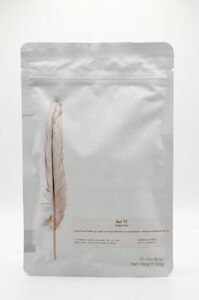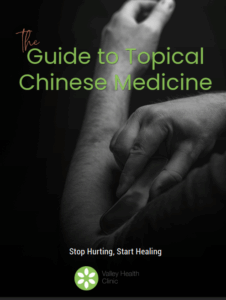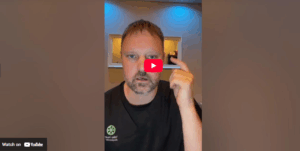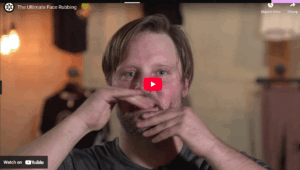Identify your pain at triggerpoints.net.
Acute Pain
Acute Pain is the easiest to understand because there was a pain and it was recent. The patient can point to it and can remember what happened to cause it. The body is sending pain and location signals to the brain. Recent acute pain is often the east to treat and the body responds quickly because a chronic pattern or pain expectation has not set in. If the pain is sever, light local needling or distal needling is best. Strong local needling will add stress to a system that is already over stressed and aggravated. Light local needling with stimulation encourages a local healing response but not aggravation. It will act like a kind of homeopathic treatment. Distal points can block the pain and help the muscles rest.
Chronic Pain
Chronic Pain has affected the whole system and a correct local treatment will improve the condition but the pain will return because the body can not adjust to the pain free movement. You must treat local and adjacent points. With chronic pain the body can loose the location signal and the pain may feel vague or wandering. Local needling will stimulate the location nerves and help the body heal.
Nerve Pain
Nerve Pain is often described as burning or prickling or electrical shock. Some people with nerve pain will have hypersensitivity to temperature or touch. Very often it will radiate past two joints. Muscle pain radiation rarely passes two joints. Radiation will be along a path and patients will trace an area with there finger when describing it.
Psychogenic Pain
Psychogenic Pain aggravated with stress responds better to distal treatment. Pain will often feel better after treatment but always come back once the patient returns to work. It will be very frustrating to treat and can look like a repetitive injury that is aggravated from work. Often time psychogenic pain will be aggravated eerily in the work day will repetitive pain will be aggravated later.
Muscle Pain
Muscles Pain is classic. Dull, tight, and achy. It will be local and effected with pressure on the area either by aggravating or relieving pain. For tendon, meniscus, and ligaments, this pain is sharp and often sudden. Patients will describe a giving out of the joint or sudden weakness. For example patient has dull achy shoulder pain, this is muscle pain. When the patient does the arch of pain test at around 90 degrees they say ouch and drop their shoulder. The sudden sharp pain causing weakness would be the tendon being pinched. Another classic example is a tore meniscus or ligament in the knee. The patient will have dull achy pain and suddenly will step wrong and get a sharp pain. They will say it feels like their knee is giving out.
Itis
Inflammation will have swelling heat and redness. Arthritis is worse in the morning and better with heat and movement as the swelling is moved out of the joint. Muscle pain is also worse in the morning and better with heat and movement but it will not come back as quickly with rest. Muscle pain will be aggravated at the end of the day with when patient over does the activity.
Bursitis will be painful with pressure on bursae, It will typically only be painful with exercises or excessive movement but fine with normal movement. For example, it will only hurt when the patient runs.
Tendonitis is worse in the morning. The most common pain that is worse in the morning is “itis”. The joints fill with inflammation at night and when you first start to move can be painful. The best example of this is Plantar Fasciitis. It will feel like stepping on glass when they first get up in the morning but will feel better once they move around.

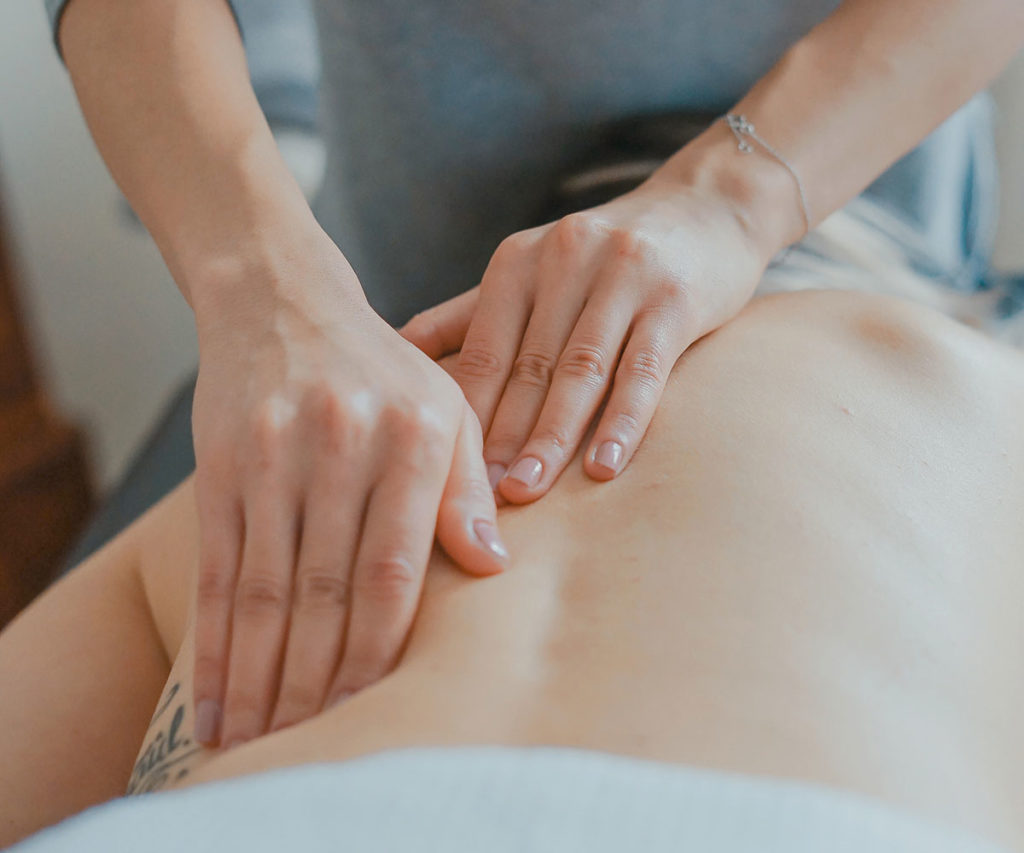
 Willard Sheppy is a writer and healthcare practitioner who seamlessly melds scientific knowledge with practical applications in engaging and authoritative articles. He holds a Bachelor of Science in Environmental Science from Oregon State University and a Master’s in Acupuncture and Oriental Medicine from the distinguished Oregon College of Oriental Medicine.
Willard Sheppy is a writer and healthcare practitioner who seamlessly melds scientific knowledge with practical applications in engaging and authoritative articles. He holds a Bachelor of Science in Environmental Science from Oregon State University and a Master’s in Acupuncture and Oriental Medicine from the distinguished Oregon College of Oriental Medicine.